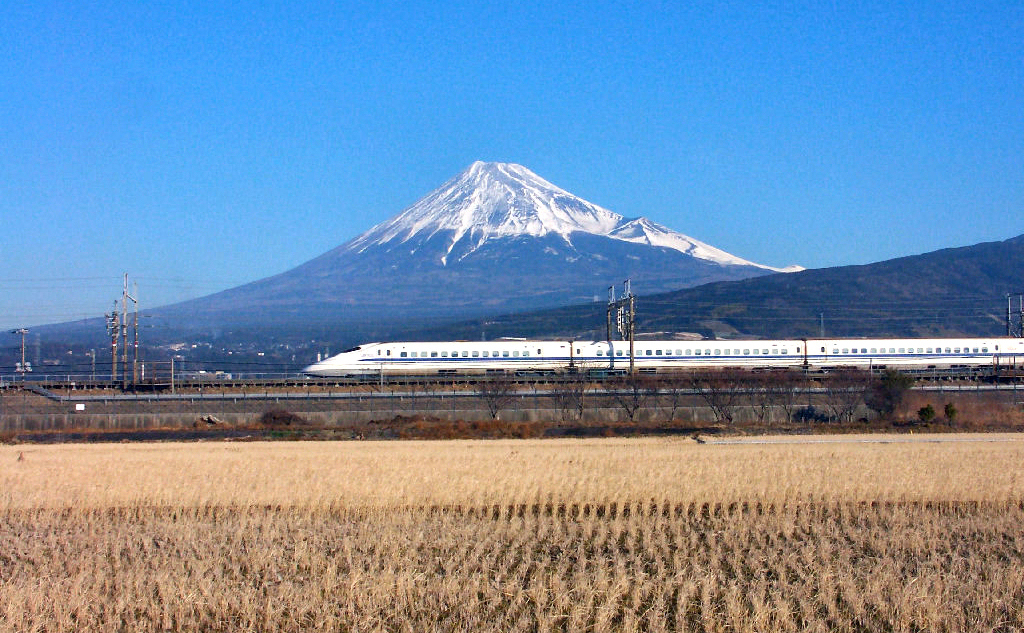
India’s National High Speed Railway Corporation issued a tender on Friday for the construction of a 21km long tunnel for the Mumbai-Ahmedabad High Speed Rail Corridor.
The tunnel will connect the Bandra-Kurla Complex in the centre of Mumbai and Shilphata in the city of Thane, to the north of Mumbai.
Work will include a 7km undersea stretch, to be constructed using tunnel boring machine and the new Austrian tunnelling method. This was chosen to lessen the line’s environmental impact.
The corporation said the package would be open to bids from Indian and Japanese firms. The high-speed corridor is to be partly financed by a 0.1% loan from Japan, and will use its Shinkansen bullet trains.
The total cost of the 508km corridor, which will be India’s first high-speed line, has been set at $15bn. The central government is to pay $1.3bn and the state governments of Maharashtra and Gujarat are to add $650m each. The remainder will be covered by the Japanese loan.
Earlier this month, bids were opened for the design and construction of 18km of viaduct between Anand and Sabarmati. Altogether, the line will have 460km of viaduct, comprising a little over 90% of its length.
Last year, Indian contractor Larsen & Toubro won a contract to build a 237km stretch the line between Vapi and Vadodara (see further reading). That contract included an 88km viaduct, four stations and one depot.
When complete, the corridor will have trains running at up to 320km/h between 12 stations.
Image: A Shinkansen bullet train passes Mount Fuji in Japan. The Mumbai-Ahmedabad High Speed Rail Corridor will use Shinkansen bullet trains (ion66/CC BY 3.0)
Further reading:










